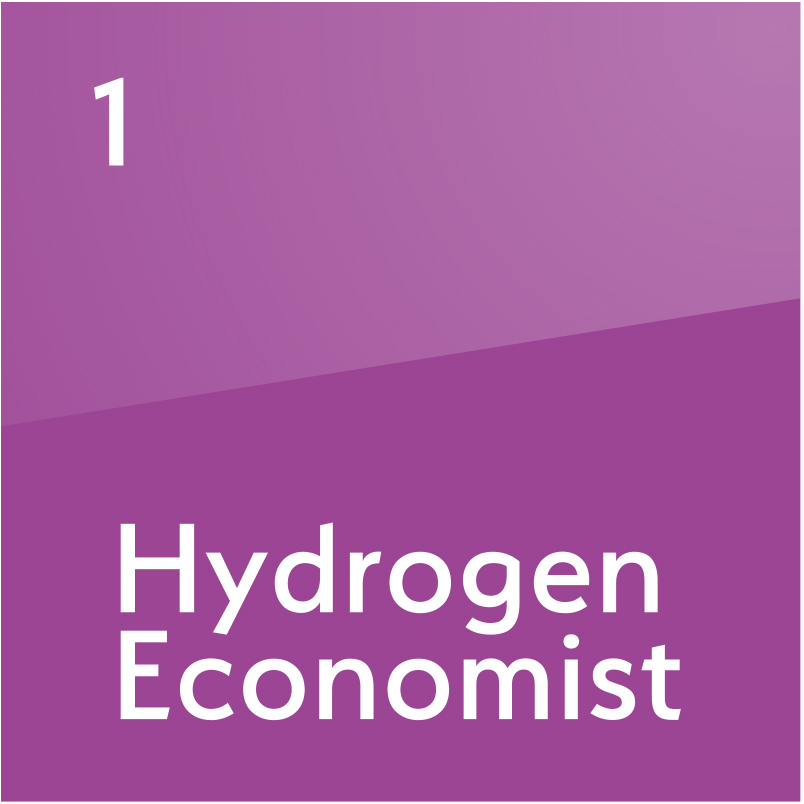Gas and LNG come out from oil’s shadow, part 2: The power of pipelines
Gas is difficult to move compared with oil, requiring additional infrastructure. The second part of our history of gas examines how expanding pipeline networks made it possible to monetise the fuel
The increasing adoption of electricity and lightbulbs threatened demand for coal and natural gas in the later decades of the 19th century, but at around the same time, developments in Pittsburgh and Indiana demonstrated for the first time—aside from Sichuan’s salt sector—the industrial potential of the light hydrocarbon. The Haymaker brothers, Michael and Obediah, were drilling for oil in Pennsylvania during that state’s oil boom, when they were alerted to a gas seepage in a location known as Turtle Creek. There they struck significant volumes of gas in 1878, although it was not until 1883 that entrepreneurs Joseph Pew and Edward Emerson bought into the project. By 1884, gas from the Hay

Also in this section
5 December 2025
Mistaken assumptions around an oil bull run that never happened are a warning over the talk of a supply glut
4 December 2025
Time is running out for Lukoil and Rosneft to divest international assets that will be mostly rendered useless to them when the US sanctions deadline arrives in mid-December
3 December 2025
Aramco’s pursuit of $30b in US gas partnerships marks a strategic pivot. The US gains capital and certainty; Saudi Arabia gains access, flexibility and a new export future
2 December 2025
The interplay between OPEC+, China and the US will define oil markets throughout 2026







